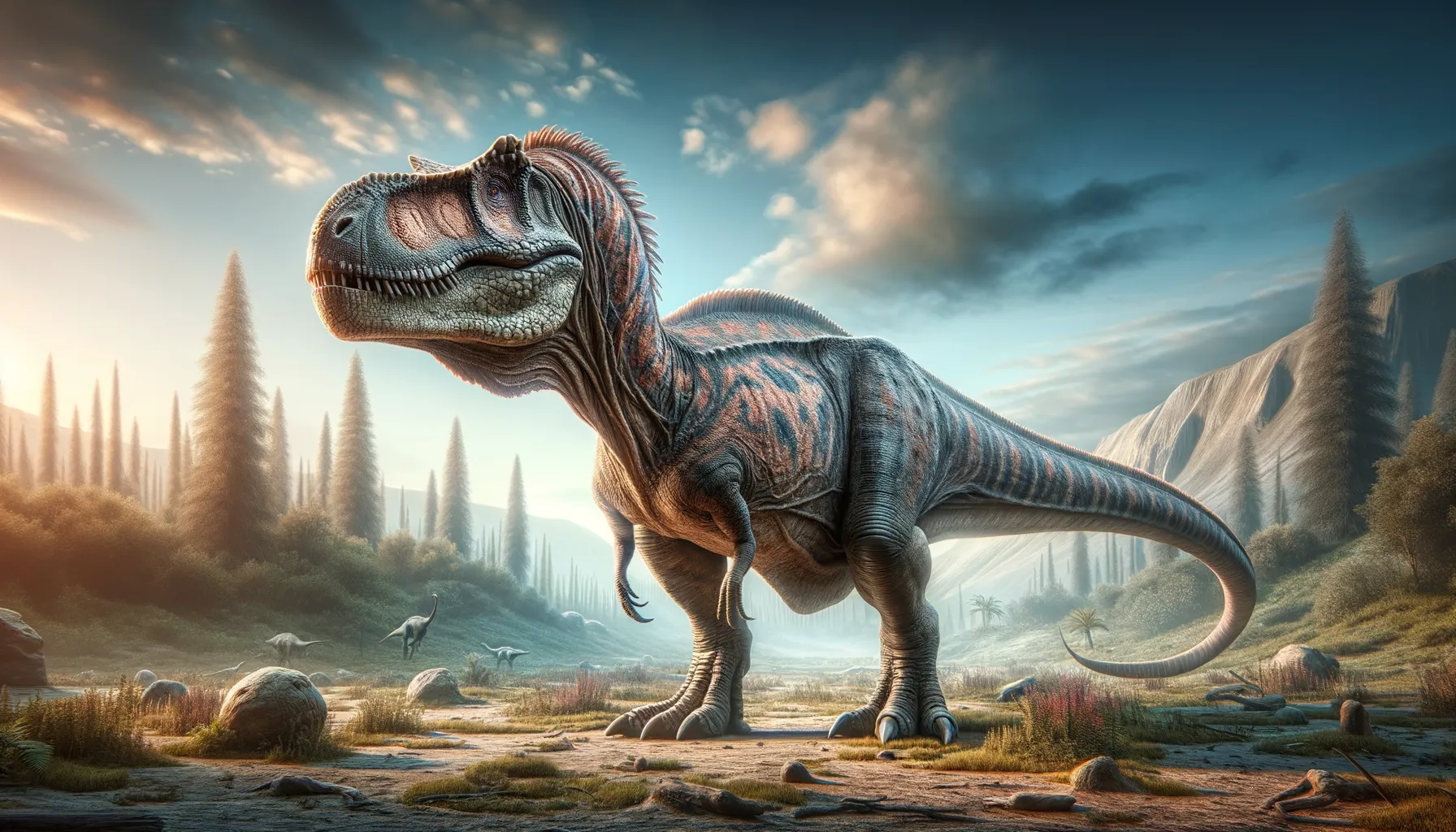
Inosaurus
The gentle giant of the Cretaceous lands.
Period
Cretaceous
Length
Roughly 10 meters long.
Height
Around 3.5 meters tall.
Weight
Approximately 1,200 kilograms.
Inosaurus roamed the earth during the late Cretaceous period. With its formidable size, it was a notable presence in its environment. It was an herbivorous dinosaur, relying on large quantities of vegetation for sustenance. Its physical characteristics suggest adaptations for both defense and efficient feeding. Fossils have provided insights into its lifestyle and interactions within its ecosystem.
Diet
Inosaurus primarily subsisted on a diet of leafy vegetation, allowing it to consume large amounts of plant matter daily. Its teeth were flat and ideal for grinding fibrous plant material, which hints at a relatively low-energy diet for such a massive creature.
Hunting
While Inosaurus did not hunt as it was an herbivore, it possibly foraged over wide territories to meet its dietary needs. It may have used its size to push through dense thickets to reach its preferred foods.
Environmental challenges
Inosaurus faced constant threat from the ever-evolving predators of its time. Changes in climate could affect the availability of its food sources, leading to potential periods of scarcity. Its size helped it deter smaller threats, but it needed to stay vigilant to survive larger predators lurking in its environment.
Speed
Moderate, comparable to a human's jogging pace.
Lifespan
Estimated to live up to 30 years.
First discovery
Discovered in 1920 in the Gobi Desert.
Fun Facts
- Inosaurus was a small dinosaur that roamed the earth around 150 million years ago.
- It had a long tail which helped it balance while sprinting away from predators.
- Inosaurus was an herbivore, primarily feeding on plants and leaves.
- Despite its small size, it was known for its speed and agility.
- Inosaurus fossils have been mostly found in North America, giving us clues about its habitat.
- This dinosaur had large eyes, suggesting it might have been active during the day, searching for food.
- Inosaurus is not as well-known as some other dinosaurs, making it a fun find for paleontologists learning more about the diversity of prehistoric life.
Growth and Development
Inosaurus grew rapidly in its early years to reach a size that could fend off predators. As it continued to mature, its growth rate slowed, but it retained the capacity for constant regeneration and healing. The transition from juvenile to adult was crucial for establishing its place in the ecosystem.
Habitat
Inosaurus thrived in areas with abundant vegetation and water sources. Its habitat included open plains mixed with forested regions, providing a comfortable blend of cover and food access. Seasonal changes may have influenced its migratory patterns to follow the best feeding grounds.
Interaction with other species
Inosaurus likely coexisted with numerous other herbivores, potentially sharing grazing grounds. Its interactions with carnivorous dinosaurs were likely adversarial, with its size serving as both defense and deterrent. It may have established symbiotic relationships with smaller creatures, benefiting mutual survival.
Natural lifespan
Inosaurus could naturally live up to 30 years.
Reproduction
Inosaurus was believed to lay eggs, with nesting grounds potentially shared among groups for protection. The young were likely vulnerable to predation, necessitating communal care from adults. Reproduction might have been seasonal, timed to coincide with optimal environmental conditions.
Social behaviour
Inosaurus may have formed small herds for protection and communal feeding. Its social structure could have included defined hierarchies, with larger individuals asserting dominance. Communication might have involved vocalizations and body language to alert herd members of danger.
Fossil locations
Fossils of Inosaurus have primarily been found in the Gobi Desert, providing crucial insights into the dinosaur's structure and environment. These sites have revealed well-preserved specimens, aiding in the reconstruction of its anatomy and lifestyle.
